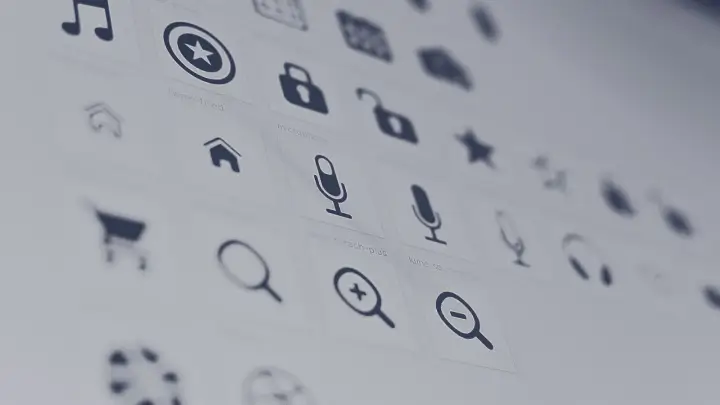Elevate Your Presentation
Presented by [Tanvir Anjom Siddique], [CSE'19 ,RUET]
Types of Presentations
Presentations are a critical way to communicate information clearly and effectively. There are several types of presentations depending on the audience and the content:
1. Technical Presentations
Technical presentations focus on sharing complex data, processes, and detailed analysis. These are often used in industries like engineering, IT, and science, where precise information must be delivered to a knowledgeable audience.
- Audience: Specialists, engineers, scientists, developers
- Key Focus: Data, research findings, systems, and technologies
- Examples: Product demonstrations, software development presentations, engineering designs
2. Academic Presentations
Academic presentations are typically used in educational settings, where students, educators, or researchers present their findings, theories, or analyses. These are often less technical than industry-specific presentations but still require thorough understanding and explanation.
- Audience: Students, professors, researchers
- Focus: Research results, theoretical discussions, literature reviews
- Examples: Thesis defenses, classroom presentations, conference papers
-
S - Subject
The subject of the presentation should be clear and well-defined. It sets the tone for the entire presentation and ensures the audience understands the focus.
-
P - Purpose
Every presentation should have a clear purpose. Whether the goal is to inform, persuade, or demonstrate something, defining this purpose will help guide the content and flow.
-
O - Organization
A well-organized presentation allows for a logical flow of information. Content should be structured with a beginning (introduction), middle (body), and end (conclusion).
-
L - Logic
The presentation should follow a logical progression, ensuring each point builds upon the previous one. This keeps the audience engaged and helps them follow the narrative or argument.
-
O - Originality
Originality adds interest and keeps the presentation from feeling repetitive or dull. Use unique perspectives, data, or examples to stand out.
-
Q - Quality
The quality of the presentation reflects the speaker's knowledge and preparation. Well-researched content, effective visuals, and clear communication ensure the audience finds the presentation credible and informative.
SPOLOQ Framework:
Whether technical or academic, presentations are a key communication tool. Using frameworks like SPOLOQ helps presenters ensure clarity, structure, and engagement with their audience. Applying these principles will make your presentations more impactful and memorable. The components of SPOLOQ are given below.
Here is a sample presentation:
1. Subject
Good morning Ladies and Gentlemen,
I am [Your Name], working as [Your Position] at [Your Organization]. Today, the subject of my presentation is [Your Topic].
This topic is important because [Briefly explain the significance of the topic].
2. Purpose
The purpose of this presentation is to [Explain the objective]. I aim to provide a clear understanding of [Your Topic] and how it relates to [specific field/context].
3. Length
This presentation will take approximately [X minutes]. During this time, I will walk you through key aspects of the topic.
4. Outlining
The presentation is divided into three main sections:
- First Section: I will provide a general introduction and background information.
- Second Section: A deep dive into the main aspects of the topic, discussing its critical components.
- Final Section: A conclusion summarizing the key takeaways, followed by recommendations.
5. Questions
If you have any questions, feel free to ask them at any point during the presentation. Alternatively, you can wait until the end, where we will have a dedicated Q&A session.
Collaborative Presentation
We are [Presenter 1], [Presenter 2], and [Presenter 3]. My colleague [X1] will introduce [Y1], followed by [X2] discussing [Y2]. I will conclude the presentation by covering [Y3].
BLOG
My BLog Posts
